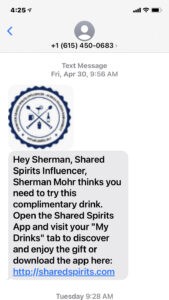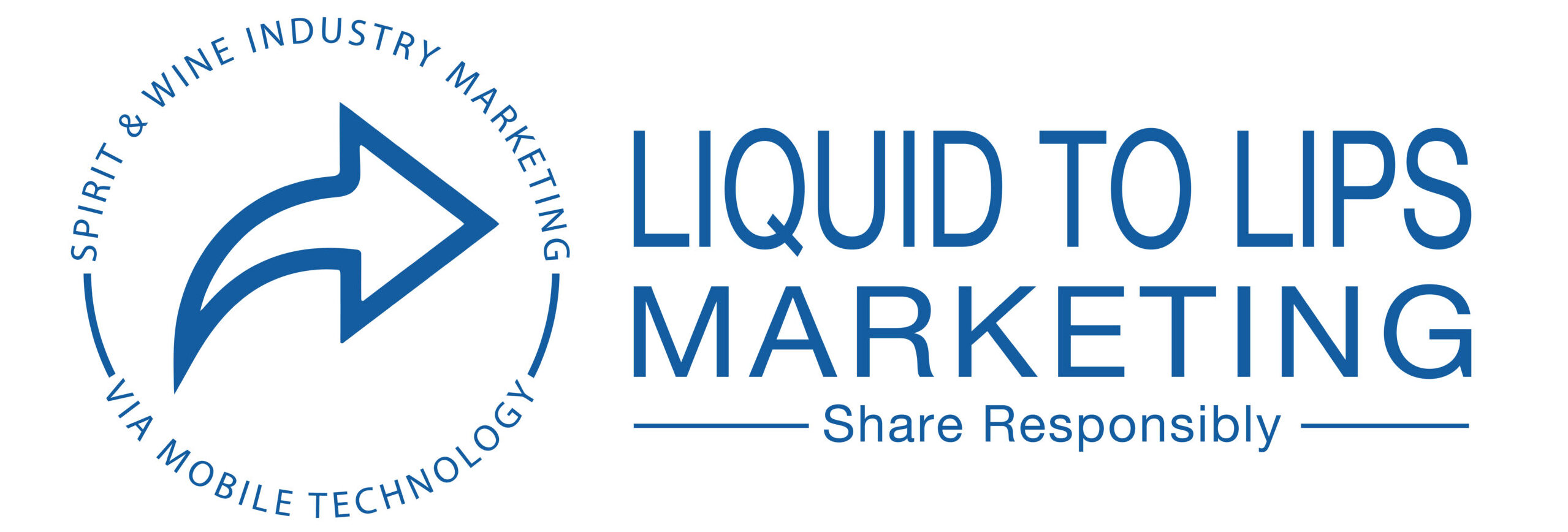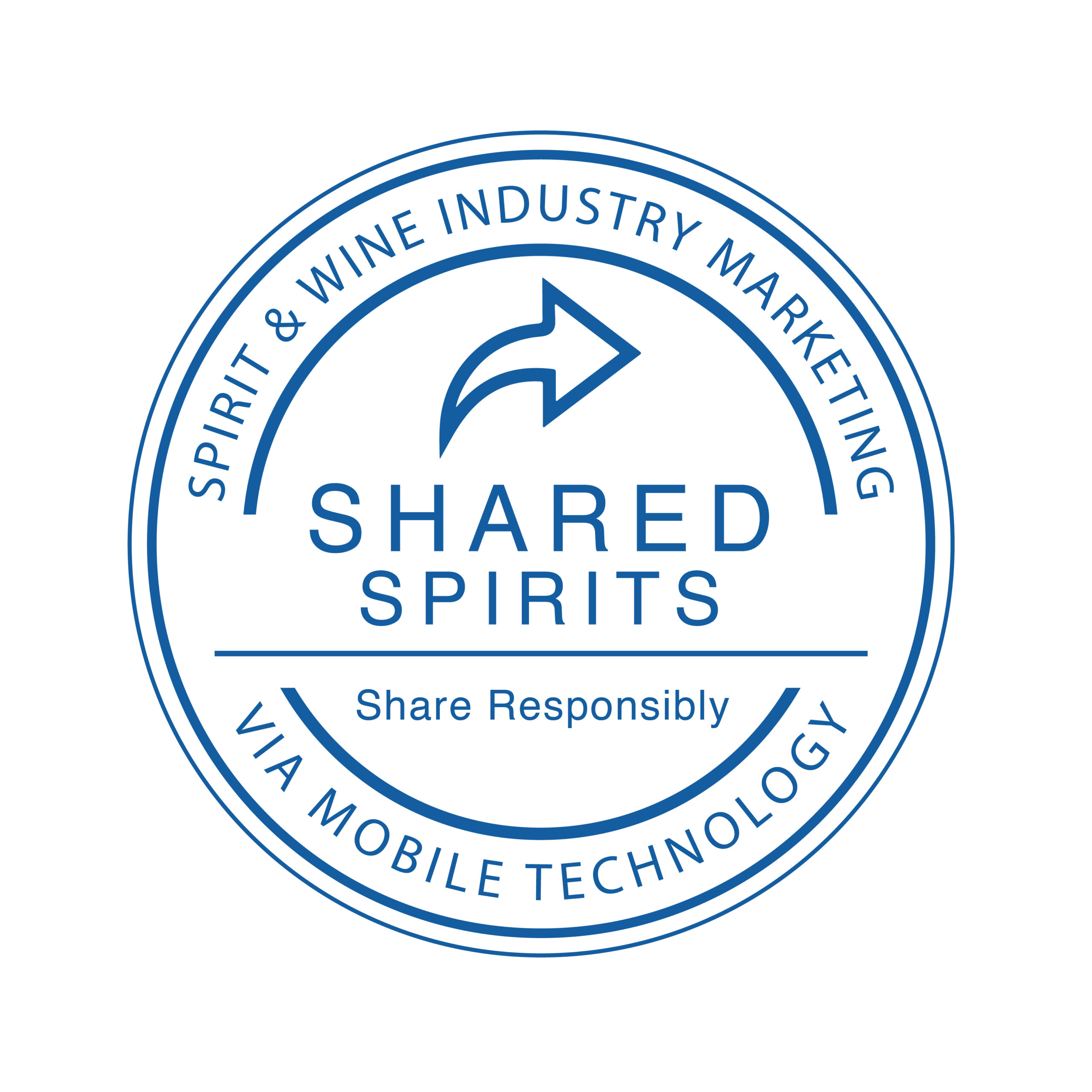Spoiler alert. The question, (alcohol marketing with out-of-home campaigns, smart or dumb?) can not be answered simply with a smart or dumb.
The effectiveness of alcohol brands and out-of-home advertising can vary depending on several factors such as target audience, location, creative execution, and marketing budget.
Out-of-home advertising refers to advertisements that are displayed outside of people’s homes, such as on billboards, bus shelters, or transit stations. This type of advertising can be especially effective for alcohol brands because it allows them to reach their target audience when they are on the go and away from their homes. For example, a billboard for a beer brand located near a highway might catch the attention of drivers and passengers who are traveling to a weekend getaway, making them more likely to consider purchasing that beer.
However, it’s worth noting that alcohol advertising is subject to regulation, and restrictions on alcohol advertising in public spaces are becoming increasingly common. Some cities and countries have implemented restrictions on alcohol advertising in public spaces in order to reduce alcohol consumption, especially among minors.
In researching this post, I find that it is impossible with most out of home advertising to measure the effectiveness of the campaign with real tangible data. In other words, no one has attached a metric to exactly how bill-boards or other OOH advertising translates to depletion.
The most common retort in the published work around OOH for all brands is that OOH shouldn’t be done in a vacuum. It is considered to be part of an entire marketing strategy. It’s reach and frequency are cited as the most powerful components. OOH marketing spends are trending up across all sectors.
I’m reluctant to get overly excited about a spend that I can’t attribute something very tangible to, i.e. a click or an opt-in. A targeted passer-by, at 60 miles an hour, who may be on the way to find my newly launched ready-to-drink cocktail feels like a crap shoot to me.
Dash Two Dot Com states the following marketing stack should be in place for OOH advertising to truly work.
- QR codes.
- Promo codes.
- Website URLs.
- Physical addresses for a store.
- Phone numbers for a store or service center.
- Social media handles.
I’m familiar with brands that are spending in a single market, $22,600 monthly for billboards without any significant presence on social, less than four on-premise accounts, and fewer than 20 retail stores in a 300 store market.
You marketing pros need to help me understand what justifies a five digit spend in a market where sales can not currently be influenced by the spend.
What are the alternatives to this spend?
First, be aware, I’m not opposed to an out of home ad spend. I’m arguing that without having put in place the appropriate foundation, the spend will be a pride driven, ego enhancing waste of money.
The budget allocations for this newly launched brand would look like the following if it were me.
In-store samplings – 10 per weekend – $11,000 with product spend included.
Results? 40 retailers ordering in product. 2025 people having put the liquid to their lips. Even with the current analogue model of in-store sampling being used, 2000 people a month will have heard the brand story and experienced the brand.
Paid social media advertising – $2000 monthly.
This also comes only after a strategy is in place. Highly targeted geofencing, ip targeting, and digital conversion goals have to be in place. The digital reinforces the in-store sampling spend by showing love to buyers, retail partners, and lifestyle shots of the brand.
Shared Spirits technology for on-premise campaigns – $3600 monthly.
Shared Spirits tech works to deliver transparent, compliant, depletion generating action for spirits, wine, and beer brands.
In the Tennessee market, it looks like this: Brands identify on-premise partners or garners a new placement with the enticement and leveraging of the following campaign.
Goal: Sample the entire restaurant or bar!
Method: Shared Spirits tech allows patrons to build a quick profile, 20 seconds, and then receive a sample of the brand. In the case of an RTD, Shared Spirits pays the retail price of an RTD can and then, as per the brand’s serving recommendation, splits the can into three or four mini cocktails. The point is to sample the entire bar, perhaps even through two turns in one evening. The math? One $10 can becomes three or four samples. Keeping it conservative, fifty $10 cans becomes a $900 spend after tax, tips, and staff costs. The $900 spend garners 150 people in the restaurant/bar being sampled.
With Shared Spirits tech, every individual receives a text the next day with a link to a retail partner, the participating on-premise partner, perhaps a call to opt-in to a community, or any other useful measurable call to action.
Micro-Influencer marketing that is highly targeted and measurable – $4000 in product delivered compliantly via Shared Spirits software. Total cost: $6000 after campaign fees.
Through a marketplace like ApexDrop, brands trade out goods for thoughtful, authentic social media posts that showcase their brand and on-premise partners.
With the Shared Spirits Campaign Management Machine, on-premise accounts carrying the brand are added to the Shared Spirits platform. It’s free to them to join and participate.

Digital drinks are shared via our tech out to the Ambassadors recruited through Apex Drop. These recipients have to share their drink credits with connections and host happy hours, pre-games, or other smallish events. With a budget of $4000 for drink credits, assuming a $10 can that included tax and tip, 400 drinks are shared each month.
Ambassador effectiveness is measured. Recipient redemption rates are measured. Effectiveness of post experience marketing via text is measured.
Are you noticing how many times the word measure is used?
In this case, the on-premise partners see reasons to order more, they see revenue increases from guests in to redeem drinks, and most importantly, they are seeing support from a brand allowing brand personnel and distributor reps to frequent the establishment more often for all the right reasons.
We are now back to $22,600 as a total monthly spend. How might the results of the proposed campaign look after 6 months compared to the poorly thought out OOH campaigns we’re seeing launched in markets across the country?
Your thoughts are appreciated.
If you’d like to chat about the business, we’d love to do so. Hit us up here for a meeting.

